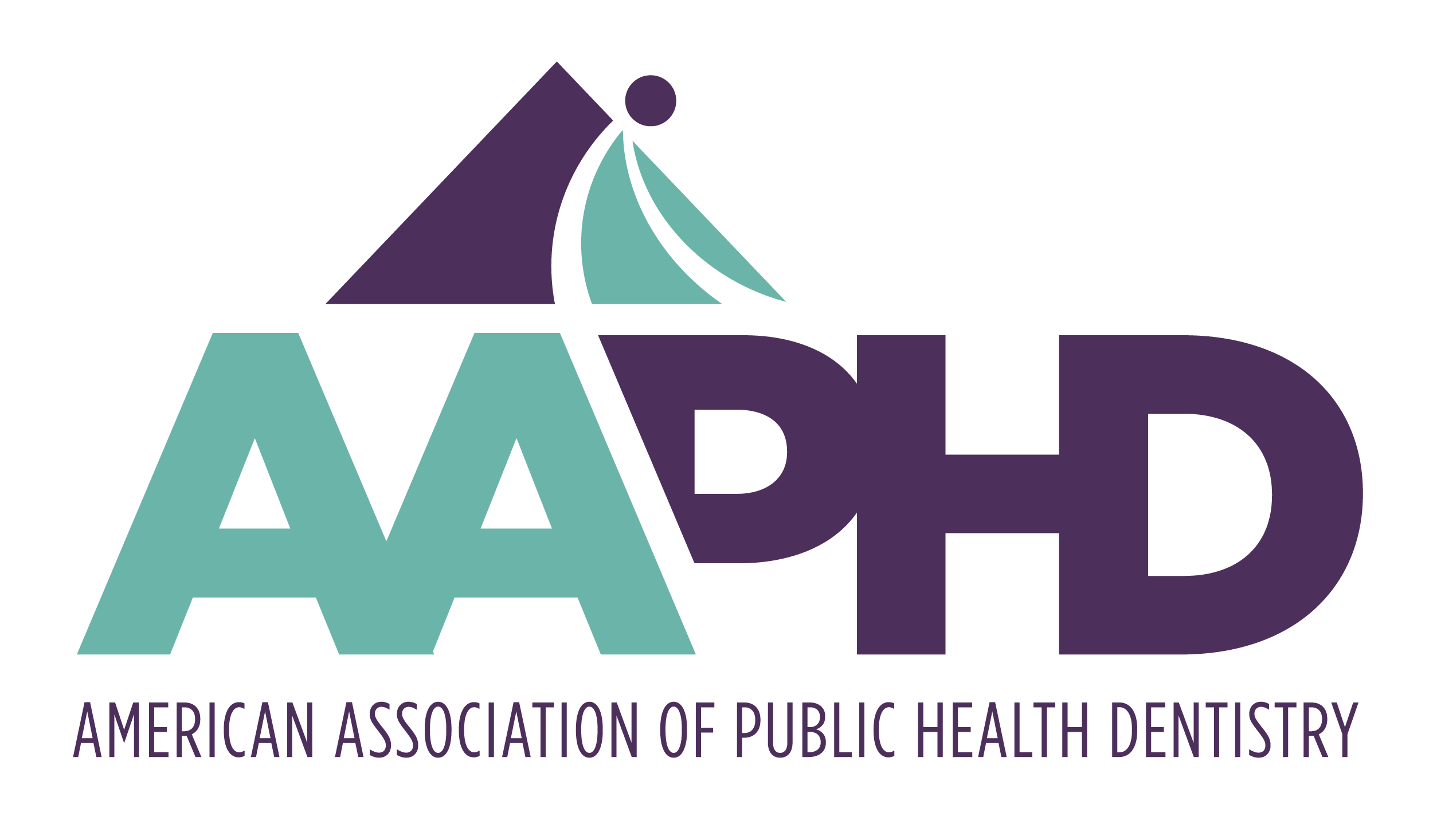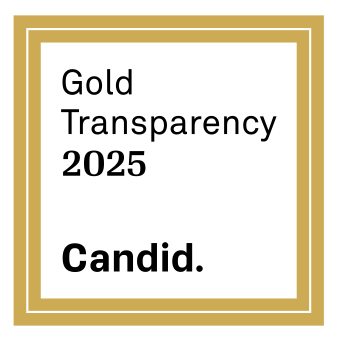- About
- Dental Public Health
- Join
- Attend
- Learn
- Lead
- Recognize
- Students
- Foundation
Health Equity Glossary
AbleismPrejudice against people with disabilities based on society’s constructed norms of what is considered "normal."1 Like racism and sexism, ableism structures opportunities to advantage some and disadvantage others. AllyA person who recognizes and acknowledges their unearned privileges and actively takes responsibility for changing society's patterns of injustice.1 Allies work with and for others to end oppression and promote equality. Being an ally often requires stepping out of one's comfort zone. An ally understands their power and privilege and uses it to act for justice.1,2 Anti-racism (also spelled “antiracism”)Refers to identifying and confronting racism by changing organizational structures, systems, policies, practices, and attitudes to create a more equitable distribution of power.1 An anti-racist is someone who supports anti-racist policies and expresses anti-racist ideas to achieve racial justice. Per Ibram X. Kendi: “The opposite of racist isn’t ‘not racist.’ It is ‘antiracist.’ What’s the difference? One endorses either the idea of racial hierarchy as a racist, or racial equality as an antiracist. One either believes problems are rooted in groups of people, as a racist, or locates the roots of problems in power and policies, as an antiracist. One either allows racial inequities to persevere, as a racist, or confronts racial inequities, as an antiracist. There is no in-between safe space of ‘not racist.”3 CenteringGiving emphasis and priority to the voices of historically marginalized individuals and communities in decision-making by valuing and uplifting the lived experiences of those most impacted by inequities.1 DisabilityAny physical or mental impairment that creates difficulties for a person in performing certain activities and interacting with the world around them.4 The traditional healthcare model views disability as a problem residing in the person's body, a view that has been criticized for disempowering people with disabilities.1,5 In contrast, the social model of disability focuses on systemic barriers and social exclusion that require structural solutions, such as universal design, to meet the needs of everyone.1 DiscriminationUnjust or prejudicial treatment of an individual or group based on their actual or perceived membership in a social category.1,6 This treatment is often based on factors such as age, race, gender, ability, socioeconomic class, immigration status, national origin, or religion. When discrimination occurs, certain groups may be granted more advantages, opportunities, resources, or protections than others based on specific social characteristics or combinations of social characteristics that are differentially valued. DiversityRefers to the recognition and acceptance of the different identities of people based on factors that include race, gender, sexual orientation, class, age, country of origin, education, religion, geography, physical or cognitive abilities, or other distinguishing characteristics.1,6 Valuing diversity means recognizing these differences as an asset and emphasizing the importance of diverse representation to achieve equity. EquityEquity is different from equality as it involves considering fairness and justice while acknowledging that not everyone starts from the same place due to an uneven distribution of power.1 Achieving equity requires an ongoing process of identifying and addressing intentional and unintentional barriers arising from bias or structural root causes and overcoming the uneven distribution of power. Health DisparitiesThe Office of Disease Prevention and Health Promotion (ODPHP) defines health disparity as “a particular type of health difference that is closely linked with social, economic, and/or environmental disadvantage. Health disparities adversely affect groups of people who have systematically experienced greater obstacles to health based on their racial or ethnic group; religion; socioeconomic status; gender; age; mental health; cognitive, sensory, or physical disability; sexual orientation or gender identity; geographic location; or other characteristics historically linked to discrimination or exclusion.”7 Health EquityThe Office of Disease Prevention and Health Promotion (ODPHP) defines health equity as the highest level of health attainment for all individuals.7 To achieve health equity, it is necessary to value everyone equally and work towards eliminating avoidable inequalities, historical and contemporary injustices, and healthcare disparities. Implicit Bias
Implicit bias, also called unconscious bias, is a negative attitude or social stereotype about a social group that we are not consciously aware of.8,9 If left unchecked, unconscious biases we all carry from past experiences (e.g., culture, environment, caregivers, media) can negatively influence our decision-making, our interactions with others, and our ability to create a welcoming environment, even when we have the best intentions. Actively disrupting unconscious biases by building awareness and taking action can help align our behaviors with our values to create a more equitable, diverse, and inclusive environment for everyone. InclusionDefined by the acceptance of our defining identities within the social circles we navigate.1 In order to feel a sense of belonging, we must feel included and be able to fully engage in all aspects of our lives. Inclusion is the state of being supported, respected, and valued. It involves the creation of a workplace culture and environment that recognizes, appreciates, and effectively utilizes the unique skills, talents, and perspectives of every employee. Inclusion fosters collaboration, flexibility, and fairness by valuing distinct qualities people have and creating a sense of belonging. IntersectionalityFirst coined by professor Kimberlé Crenshaw,10 intersectionality refers to the ways in which race, class, gender, and other identity markers interact with one another, informing the simultaneous experiences of oppression and privilege in their daily lives interpersonally and systemically. Intersectionality provides a basis for understanding how these individual identity markers work with one another, instead of existing separately.11 MicroaggressionFirst coined in 1978 by Chester M. Pierce to describe a phenomenon of subtle insults and dismissals against African Americans.12 In the 21st century, the term was applied to any socially marginalized group.13 Psychologist Derald Wing Sue defined microaggressions as "brief and commonplace daily verbal, behavioral, and environmental indignities, whether intentional or unintentional, that communicate hostile, derogatory, or negative slights and insults to the target person or group."14 Microaggressions, seeming more subtle (even though not always) than overt discrimination, hatred, or bigotry, are considered as "modern" forms of racism or sexism. Microaggressions have a significant impact on people's well-being and should not be considered "micro" by any means.3 Sue et al. (2007) classified microaggressions into three main types. The definitions for each type with examples are below: Microinsults are communications that convey rudeness and insensitivity and demean a person's heritage or identity.13 Microinsults are sometimes unknown to the perpetrator but convey a hidden and insulting message to the recipient.14 Examples:
Microinvalidations are comments made to invalidate/eliminate/undermine someone's experience, thoughts, or feelings related to their identity.14 Examples:
Microassaults are explicit derogations characterized by a verbal or nonverbal attack with the intention to hurt through name-calling, exclusion, or purposeful discriminatory actions.14 Also known as “old fashioned” racism conducted on an individual level. Examples: Referring to someone as “colored” or “Oriental,” using racial epithets, discouraging interracial interactions, deliberately serving a White patron before someone of color, displaying a swastika.
There are resources available to reduce microaggressions. The University of California Santa Cruz developed Tool: Interrupting Microaggressions and the National Equity project developed Responding to Microaggressions and Unconscious Bias. University of California San Francisco (UCSF) Clinical Psychologist and Clinical Director of the Wavefront CBT Clinic Natalie Todd, PsyD described in a UCSF panel discussion on microaggressions overarching themes of racial discrimination such as assumption of intelligence or skillset; treated like a foreigner; sameness and denial of difference; denial of racial experiences; invisibility and hypervisibility, and provided some strategies to reduce microaggressions. Here are some strategies mentioned:
People of ColorThe American Medical Association’s (AMA) Guide to Language, Narrative and Concepts describes people of color as a “term used mostly, but not exclusively, in the U.S. to describe people not considered “white.” The term emphasizes shared experiences of structural racism, and opposes reference to people as “nonwhite” or “minority.” In recent years, the related term BIPOC (Black, Indigenous, and People of Color) has also been used. Not to be confused with the pejorative “colored people”.” 1 People-Centered LanguageThe Principles for Inclusive Communication by the Center for Disease Control and Prevention defines people-centered language as a form of inclusive communication that refers to individuals as having a condition or circumstance rather than being defined by it.15 To humanize those being referred to use "people" or "persons" and in healthcare settings, use "patient" to describe someone receiving healthcare. Here are some key inclusive communication tips from this resource as a start:
RacismAs defined by Camara Jones, “racism is a system of structuring opportunity and assigning value based on phenotype (“race”), that unfairly disadvantages some individuals and communities, unfairly advantages other individuals and communities, and undermines the realization of the full potential of the whole society through the waste of human resources.”16 Racism can function at different levels: personally mediated, internalized, and institutional.16,17 Personally-mediated racism, or interpersonal racism refers to the act of intentionally or unintentionally discriminating against someone based on their race. This type of racism is often characterized by a lack of respect, suspicion, devaluation, scapegoating, and dehumanization of individuals belonging to a particular race.11,16,17 Internalized racism refers to a personal bias that occurs when a person's beliefs, attitudes, fears, behaviors, and actions are both based on and driven by racial biases/prejudices.11,16 Individual/personal racism is the conscious and unconscious belief that considers Whiteness to be superior.11 Institutional racism, sometimes referred to as structural racism or systemic racism can be described as differential access to services, opportunities, information, and resources, which is reflected in material conditions and access to power.11,16 Institutional racism refers to practices that continue to support racial disparities, maintain White supremacy, and serve to the detriment and harm people of color by keeping them in negative cycles.11 Institutional/systemic racism also refers to policies that result in different outcomes for people of different races.16 These laws, policies, and practices are not necessarily explicit in mentioning a particular racial group, but they function to create advantages for White persons and disadvantages for people of color.11 All types of racism can affect people's emotional and physical well-being, but institutional racism is the most significant.17,18 It has a profound impact on social determinants of health because it enables systems to continue perpetrating injustices with deep historical roots. Social Determinants of HealthThe U.S. government's Healthy People 2030 initiative states the social determinants of health “are the conditions in the environments where people are born, live, learn, work, play, worship, and age that affect a wide range of health, functioning, and quality-of-life outcomes and risks.”19 Social determinants of health have a significant impact on people's health, well-being, and quality of life. Examples of social determinants of health include access to safe housing, transportation, and neighborhoods; racism, discrimination, and violence; education, job opportunities, and income; access to nutritious foods, and physical activity; polluted air and water; and language and literacy skills. Additional determinants of health include: Commercial determinants, defined by the World Health Organization (WHO) as “key social determinant, and refer to the conditions, actions and omissions by commercial actors that affect health. Commercial determinants arise in the context of the provision of goods or services for payment and include commercial activities, as well as the environment in which commerce takes place. They can have beneficial or detrimental impacts on health.”20 Political determinants, as defined by Professor Daniel E. Dawes, “involve the systematic process of structuring relationships, distributing resources, and administering power, operating simultaneously in ways that mutually reinforce or influence one another to shape opportunities that either advance health equity or exacerbate health inequities.”21 Public policies can either bring up or tear down a community.17 For example, historical policies, such as segregation and redlining, which have been abolished, encouraged racial discrimination. These policies initiated a lasting cycle of determinants that resulted in continued racial inequities affecting health. Other terminologyCDC’s National Center for Chronic Disease Prevention and Health Promotion (NCCDPHP) and the American Medical Association (AMA) provide additional health equity terminology. References
|

